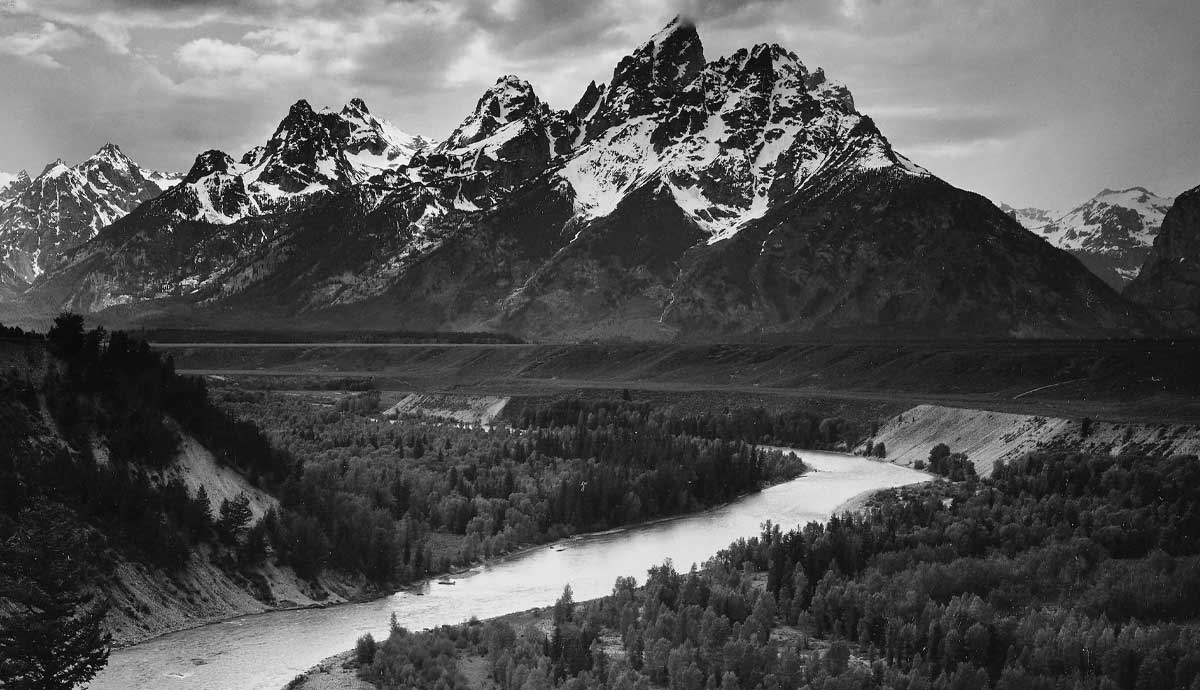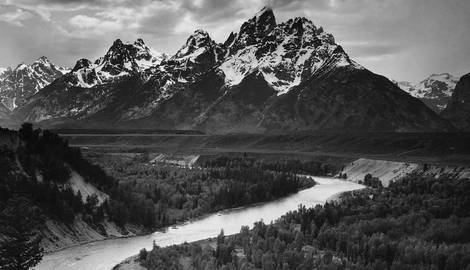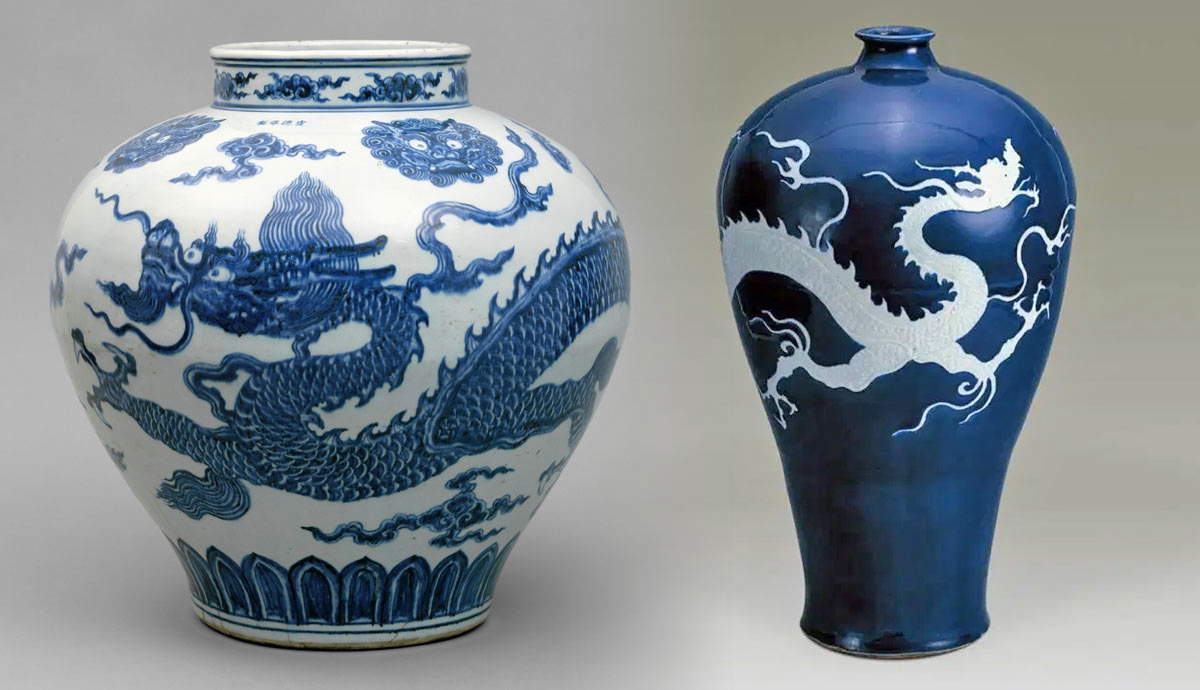
Developed in the 1930s, Ansel Adams’ Zone System is a photographic method used to control exposure in film photography. It allows the photographer to capture a range of pure blacks, pure whites, and multiple grays in a photo, letting the viewer experience the true depth of the subject.
Why Was the Zone System Developed?

The basis for and history of the Zone System runs deeper than Ansel Adams himself, though we often attribute it to him solely because his stunning landscape photographs are so iconic and well-known. Adams, in collaboration with portrait photographer Fred Archer, developed the system as a set of principles based on their study of sensitometry, or the study of light sensitive materials.
They wanted to create a set of steps that could be used to optimally use exposure and development of film in order to produce a final product that most closely resembled the highlights, shadows, and everything in between, giving the work natural depth. This system would ideally work well in any light conditions, resulting in minimal reworking of prints during and after development of the negative.
How Does the Zone System Work?
The zones themselves are comprised of a gradient of eleven tones between black and white. Zone 0 is pure black while Zone 10 is pure white, and the other nine zones in between are various shades of gray assigned to different elements commonly found in a black and white print. To use the system, the photographer meters the camera to match Zone 5 (middle gray) in their frame, then adjusts the exposure for the lights and darks around that subject. In so doing, the negative is not over or under-exposed and results in a rich array of tonal grays represented.
Who Are Some Famous Photographers Who Use the System?

In addition to Adams and Archer, several widely known environmental and landscape photographers have made good use of the Zone System in their portrayal of nature. Dubbed ‘the next Ansel Adams’, Clyde Butcher has made a name for himself using the system to photograph landscapes all over the country, but is primarily known for his work in Florida, bringing awareness to the ecology of the Everglades. Another notable user of the Zone System is landscape photographer Rodney Lough Jr.
His work was primarily focused on documenting the American wilderness and he used Adams’ system to do so. In contrast to most however, Lough’s photos bring to life his landscapes with brilliant color, showcasing to the viewer how the zones can be applied to both black and white and full color photographs.
What Are Ansel Adams’ Most Famous Landscapes?

While most people identify Ansel Adams for his stunning landscapes, there are several that standout among the rest. The Tetons and the Snake River, Grand Teton National Park, Wyoming, Clearing Winter Rain, Yosemite National Park, and Aspens, Northern New Mexico are a few of his most well-known photographs that display the richness, depth, and breadth of the landscape Adams most often portrayed. He spent a considerable amount of time capturing the grandeur of the Tetons and Yosemite and both can be seen in much of his overall body of work.
How Do Photographers Today Use the Zone System?

Photography students the world over study not only the work of Ansel Adams and his counterparts but the system they developed, applying it to both film as well as digital. Though today we have cameras that can do almost everything for us if set to automatic, a good understanding of the tonal ranges can make a big difference in the end product. Whether black and white or color, landscape or portrait, the Zone System can help artists truly bring to life their photographs with an understanding of how to capture and harness light as it appears on a subject in real life.











